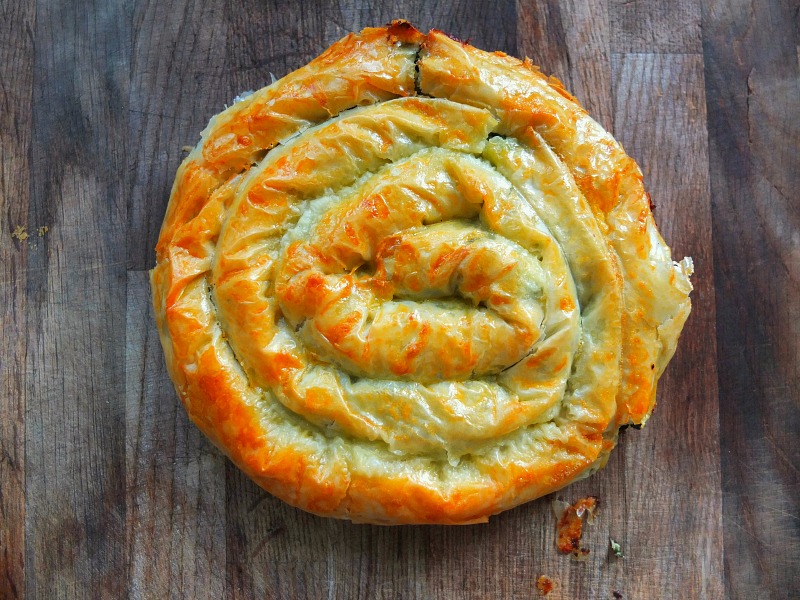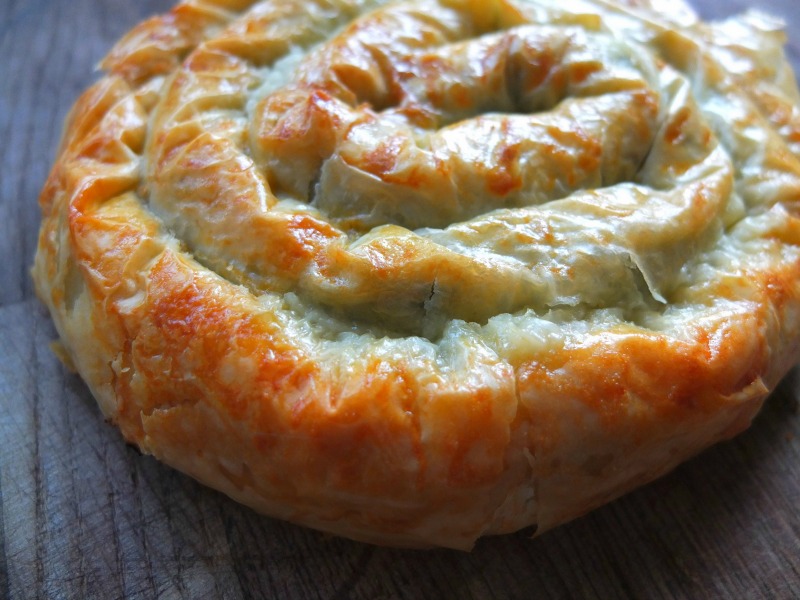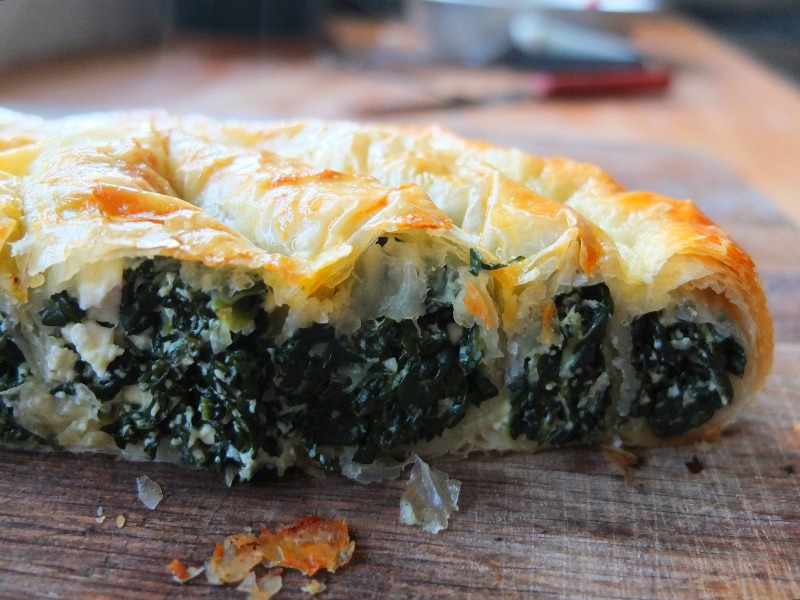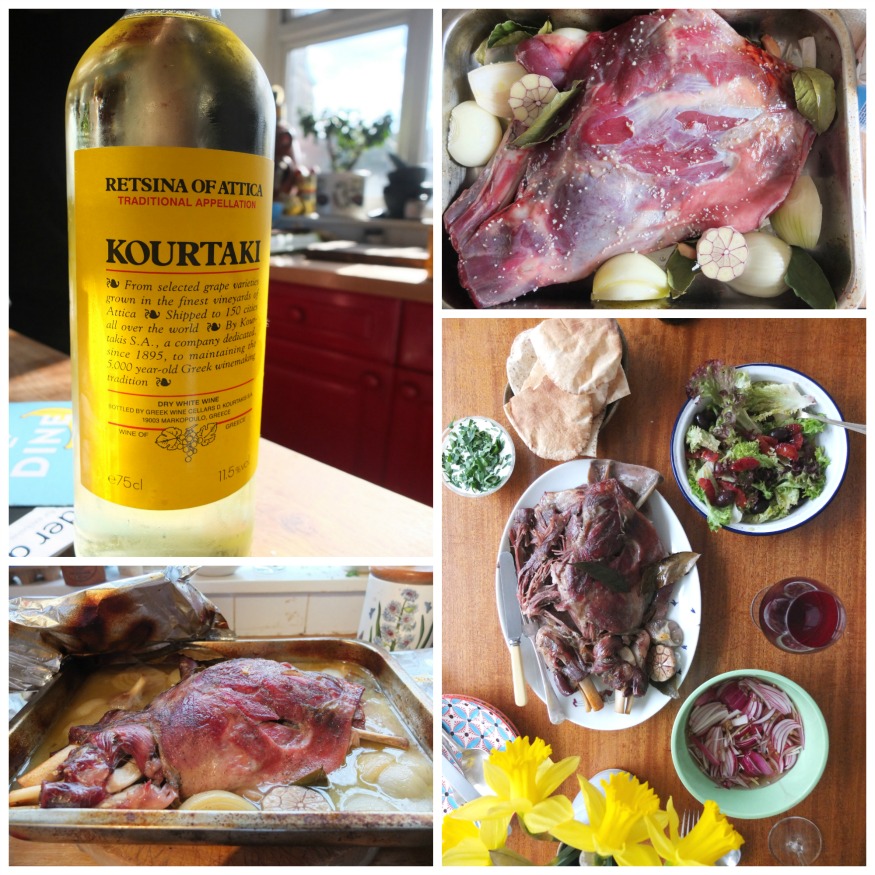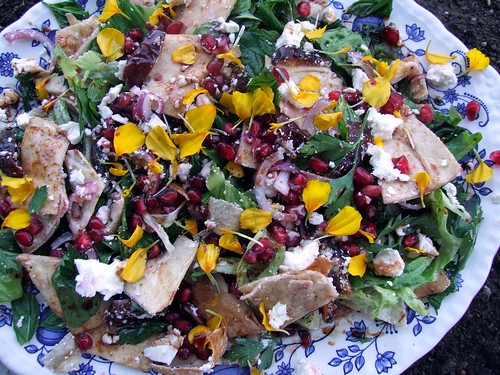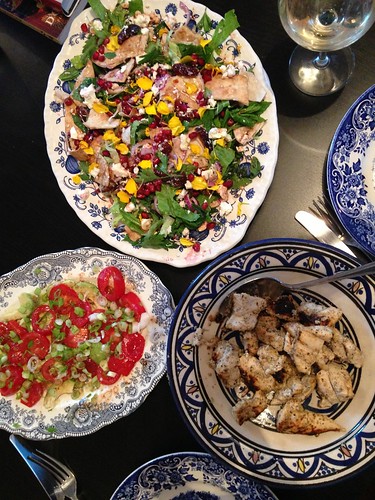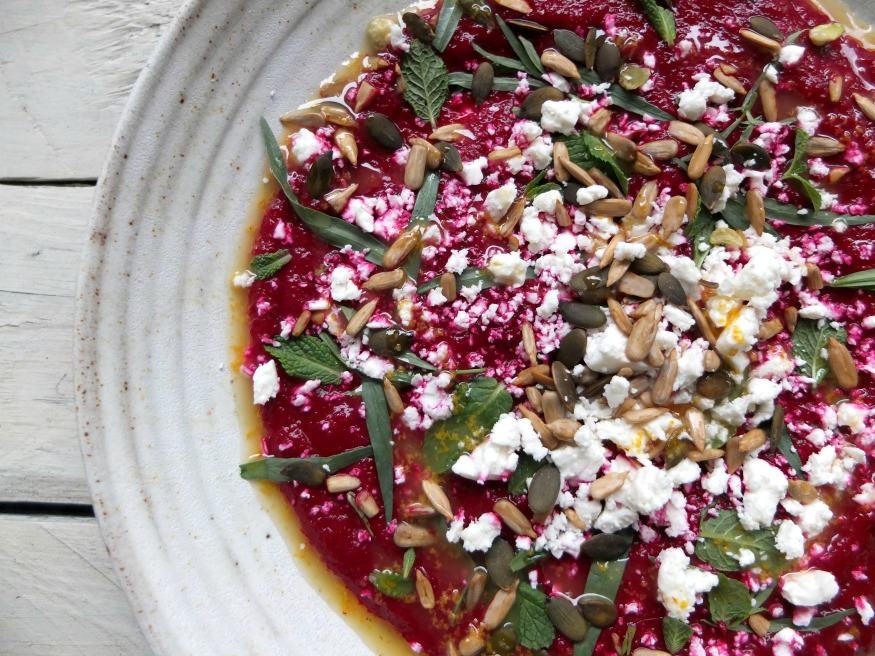
I realised recently that I will only eat certain vegetables if they are served with very particular accompanying flavours. A mate asked me what my favourite vegetable was and I replied, without thinking, ‘spinach’ only to realise that it’s only my favourite when combined with feta, or ricotta. I will only eat pumpkin if it’s served with coconut milk and chilli and now I’ve realised beetroot needs the sharp cheese and spice treatment or you can throw it in the bin as far as I’m concerned. Unless it’s pickled.
I wasn’t even going to post this recipe at all, truth be told but someone called the_portland_barman asked me so nicely for it on Instagram (would I mind? If I had time?) that I said yes, actually, that will be no problem at all.
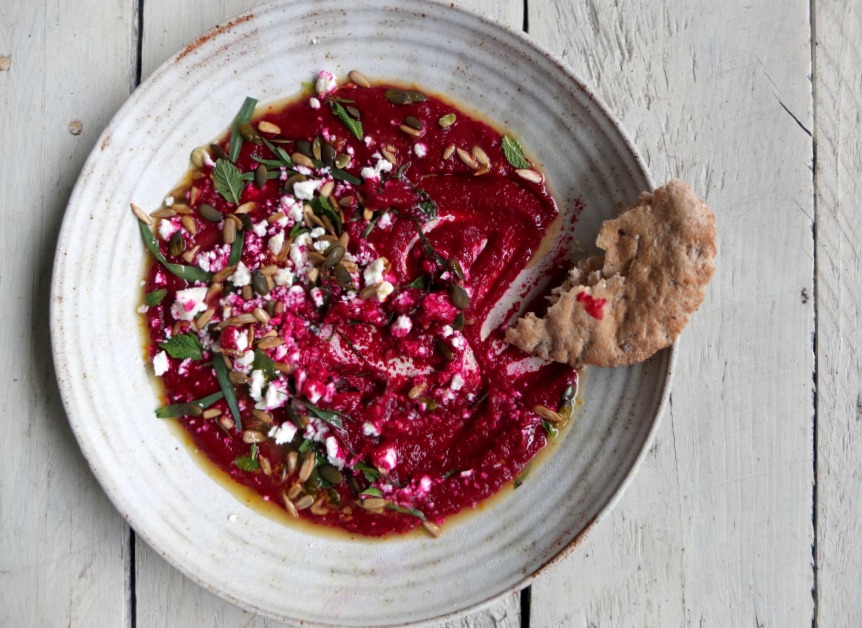
So yeah, I do read all your comments because I love to hear from you guys (stop retching at the back), and it so happens another reader sent me an email asking me to please, please sort out my subscription email because it was a bit of a mess. Thing is, I started blogging in the early days, as you know, and I’d always just used Feedburner because that’s what everyone did back then.
This poor frustrated reader had finally reached her wit’s end and forwarded her subscription email to me. Wow, it was bad. I had no idea you were all suffering through that eye poke and I’m sorry. I’ve changed to Mailchimp. If it doesn’t work and you all get the old email anyway this is going to be really embarrassing. Could happen.
So, there we go. A recipe, an apology and hopefully a snazzy email. Not bad for a… Friday? Yes, Friday. If someone could periodically update me on the day of the week that’d be grand. Thanks.
Beetroot Dip with Feta, Herbs and Scotch Bonnet Oil Recipe
I can’t remember the exact quantities here but it’s so easy it doesn’t really matter.
Five whole beetroots, leaves removed and left whole (don’t peel)
150g thick natural yoghurt
Feta, to crumble
Squeeze of lemon juice
Tarragon leaves
Mint leaves
Mixed seeds (by in a handy bag in the supermarket), toasted in a dry pan
5 scotch bonnets
125ml light olive oil
1 whole bulb garlic
Cook the beetroots whole in boiling until just tender (this takes about 40 mins), then allow to cool a bit and rub off the skins, which will come away very easily (I actually pressure cooked mine which took around 15-20 mins). At the same time, roast the garlic whole with the scotch bonnets. Heat the oven to 120C, slice the top off the garlic so the tops of the cloves are exposed and place in roasting dish with the chillies, rubbing the lot with a little oil. Cook for about 20 mins or until soft.
Blend chillies with light olive oil in a blender. I de-seeded mine.
Put beetroots in a blender with the natural yoghurt, lemon juice, half the garlic cloves and some salt and blend. Taste and add more yoghurt if you fancy it.
Spread the dip on a plate (more surface area for toppings – you could also use a nice wide bowl) and sprinkle over feta, herbs, toasted seeds. Drizzle over chilli oil.
